Reading and Writing Videos using OpenCV
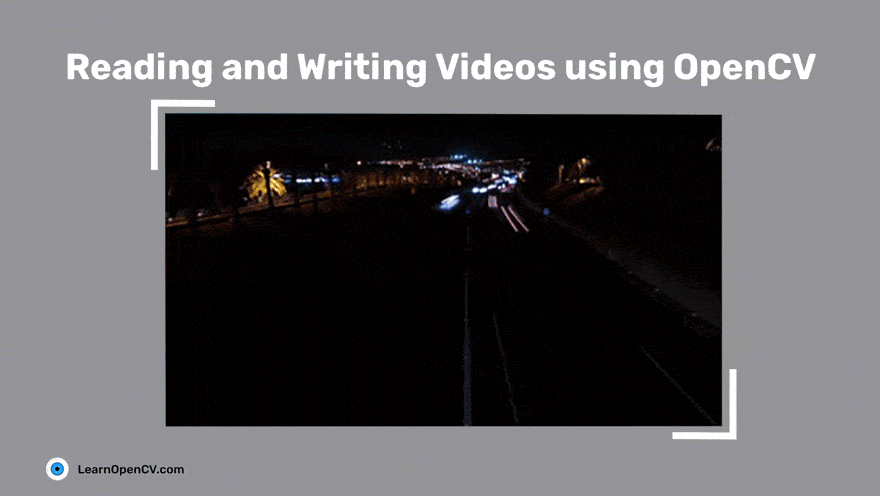
Reading and writing videos in OpenCV is very similar to reading and writing images. A video is nothing but a series of images that are often referred to as frames. So, all you need to do is loop over all the frames in a video sequence, and then process one frame at a time. In […]
Deep Learning with OpenCV DNN Module: A Definitive Guide
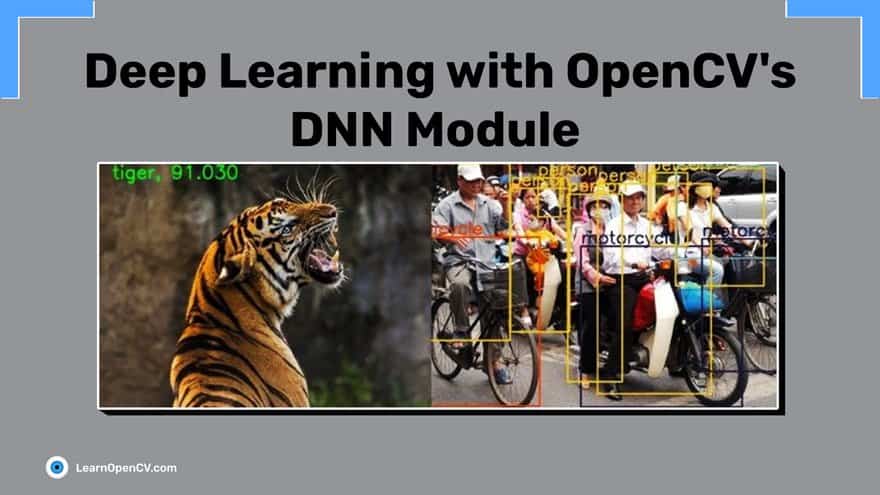
The field of computer vision has existed since the late 1960s. Image classification and object detection are some of the oldest problems in computer vision that researchers have tried to solve for many decades. Using neural networks and deep learning, we have reached a stage where computers can start to understand and recognize an object […]
Invisibility Cloak using simple CV techniques in OpenCV
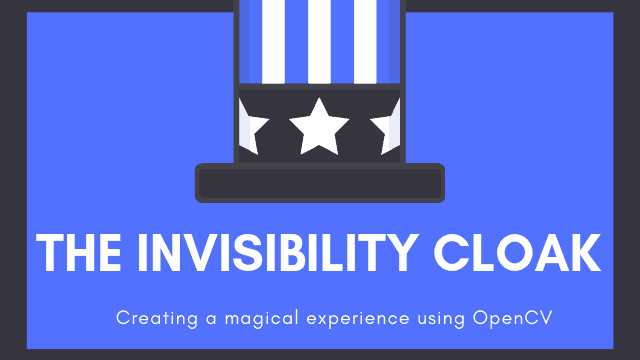
If you are a Harry Potter fan like me, you would know what an Invisibility Cloak is. Yes! It’s the cloak which Harry Potter uses to become invisible. Of course, we all know that an invisibility cloak is not real — it’s all graphics trickery. In this post, we will learn how to create our […]
Read, Write and Display a video using OpenCV
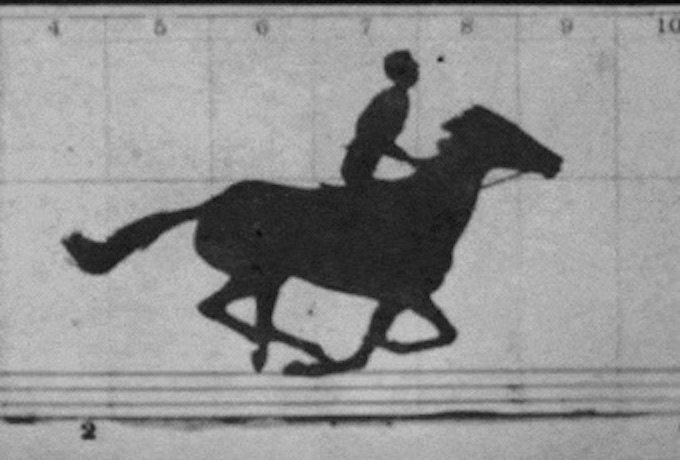
In this post, we will learn how to Read, Write and Display a video using OpenCV. Code in C++ and Python is shared for study and practice. Before we do that, allow me a digression into a bit of history of video capture. On June 15, 1898, in Palo Alto, California, a remarkable experiment was […]
Find frame rate (frames per second-fps) in OpenCV (Python/C++)
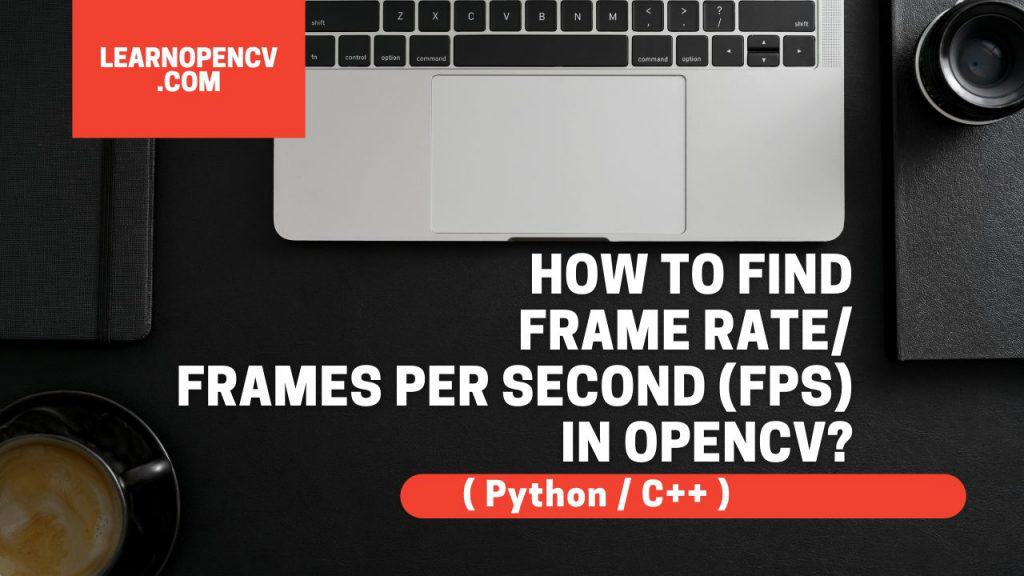
In OpenCV the class VideoCapture handles reading videos and grabbing frames from connected cameras. There is a lot of information you can find about the video file you are playing by using the get(PROPERTY_NAME) method in VideoCapture. One of the common properties you may want to know is to find frame rate or frames per […]


